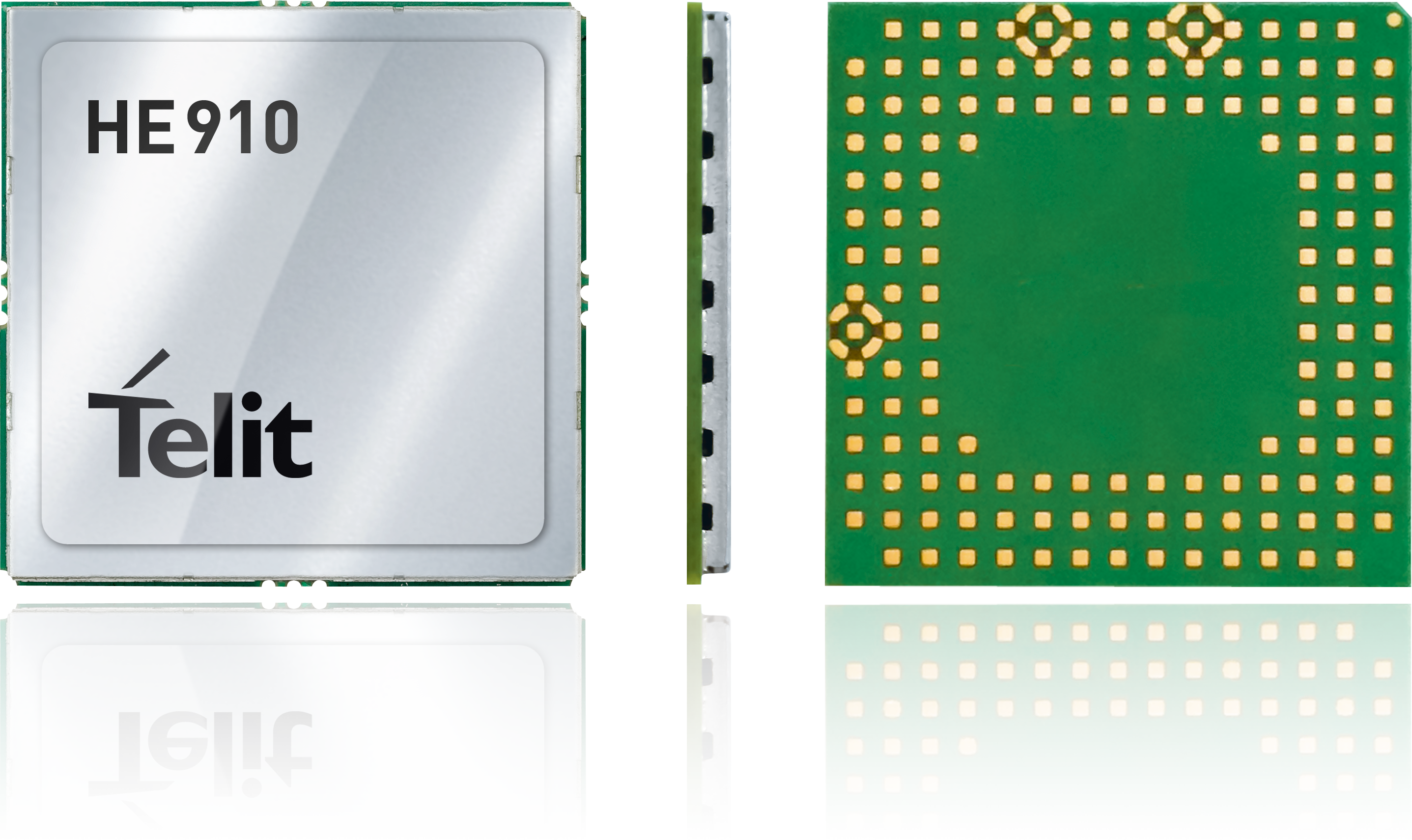Nordic Semiconductor Enhances Flexibility of the nRF51422 ANT SoC with New Support for User Programmable Software Stacks
Expanding stack options from the existing S210 8-Channel ANT SoftDevice to also include S310 ANT/Bluetooth low energy Combo SoftDevice
Ultra low power (ULP) RF specialist Nordic Semiconductor ASA today announces support for user programmable SoftDevice flexibility for the nRF51422 SoC. The S210 and S310 SoftDevices now enables ANT™ and concurrent ANT/Bluetooth® low energy stacks to run on the nRF51422.
The nRF51422 SoC previously available with a pre-programmed S210 SoftDevice for ANT/ANT+ applications is now available unprogrammed with S210 and S310 SoftDevices available for ANT applications (S210) and ANT/Bluetooth low energy applications (S310) as convenient downloads. Additionally new features are added to the nRF51422 these include SPI slave interface, an analog comparator and an improved UART.
The new nRF51422 together with the S310 combo SoftDevice now replaces the previously announced nRF51922.
Nordic SoftDevices are protocol stacks which are pre-qualified and are available as downloadable, pre-compiled binaries that support event driven, asynchronous and thread safe APIs. Nordic currently offers the following SoftDevice options for the nRF51422:
- S210 – ANT 8-link protocol stack
- S310 – ANT/Bluetooth low energy peripheral protocol stack with concurrent operation
The nRF51422 is supported by the nRF51 SDK which provides a comprehensive set of services, profiles and examples for both ANT and Bluetooth low energy. There are a variety of profiles and examples that range from Heart Rate Monitor (HRM) and other sports and fitness profiles/services through to Over-the-Air Device Firmware Upgrade (OTA DFU). The Device Firmware Upgrade example takes advantage of the nRF51422’s flash memory architecture which makes it possible to update both application firmware and protocol stacks in the field via a smartphone, tablet or a PC.
This move to programmable protocol stacks brings complete flexibility to the nRF51422 for developers and means they can now choose whichever ULP wireless technology is most suitable for their application. Because of this an existing hardware design using one wireless technology can be rapidly adapted to use a different technology merely by programming the new SoftDevice and making minor application code changes where it interfaces to the SoftDevice.
Additionally, this means that developers always have the ability to program the latest version of a SoftDevice into the nRF51422 and incorporate new and improved SoftDevice features that become available as they develop their application.









